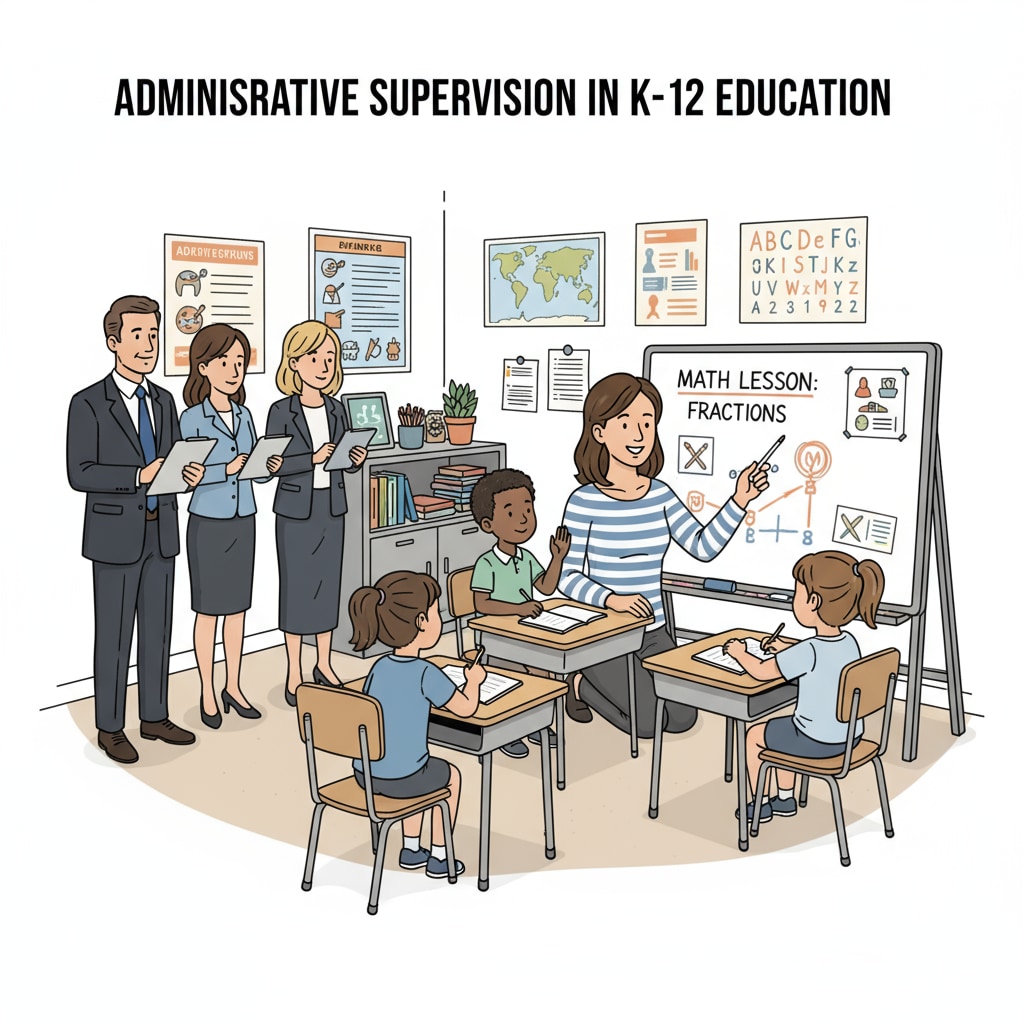In the realm of K12 education, data recording, micromanagement, curriculum planning, and administrative supervision play crucial yet complex roles. The balance between teacher autonomy and management supervision is a topic of increasing significance. Teachers are at the forefront of education, shaping young minds, but the extent of supervision they face can both support and hinder their effectiveness.

The Impact of Data Recording on Teacher Autonomy
Data recording has become an integral part of modern education. It aims to provide insights into student performance and teacher effectiveness. However, an overemphasis on data recording can be burdensome for teachers. For example, teachers may be required to spend excessive time documenting every aspect of student progress, leaving less time for actual teaching and curriculum development. According to the National Education Association, this can lead to a reduction in teacher creativity and autonomy as they focus more on meeting data requirements rather than on individualized instruction.
Micromanagement: A Hindrance to Effective Teaching
Micromanagement in the educational setting often means that administrators closely monitor teachers’ every move. This can include dictating teaching methods, lesson plans, and even the pace of instruction. As a result, teachers may feel restricted and unable to adapt to the unique needs of their students. For instance, a teacher might have a better understanding of their class’s learning style but is forced to follow a rigid plan. This lack of flexibility can impact the quality of education. As stated by Education Week, micromanagement can lead to teacher burnout and a decrease in job satisfaction.

Curriculum planning is another area where the balance between autonomy and supervision is crucial. While administrators may set broad educational goals, teachers should have the freedom to design curricula that engage their students. This allows for creativity and innovation in teaching. However, too much administrative intervention in curriculum planning can result in a one-size-fits-all approach that fails to meet the diverse needs of students.
Administrative supervision, when implemented correctly, can provide valuable support to teachers. It can ensure that educational standards are met and that resources are allocated effectively. However, it needs to be balanced with teacher autonomy. A trusting environment where teachers are given the space to make professional decisions can lead to improved teaching quality and student outcomes.
Readability guidance: By understanding the impacts of data recording, micromanagement, curriculum planning, and administrative supervision, we can work towards creating an educational environment that respects teacher autonomy while maintaining necessary oversight. This balance is essential for the success of K12 education.


